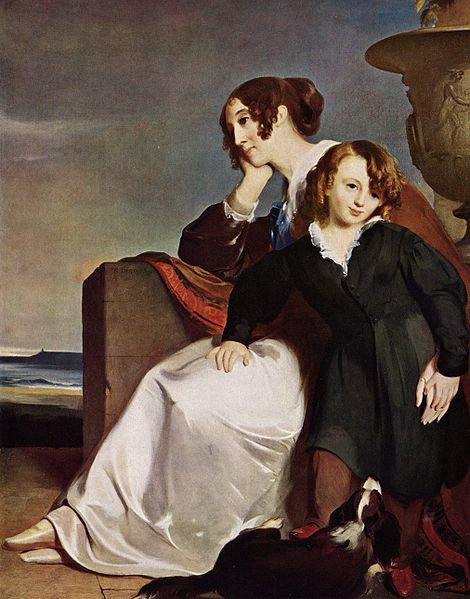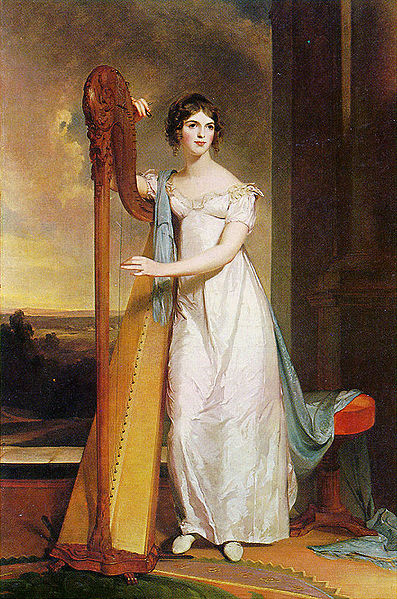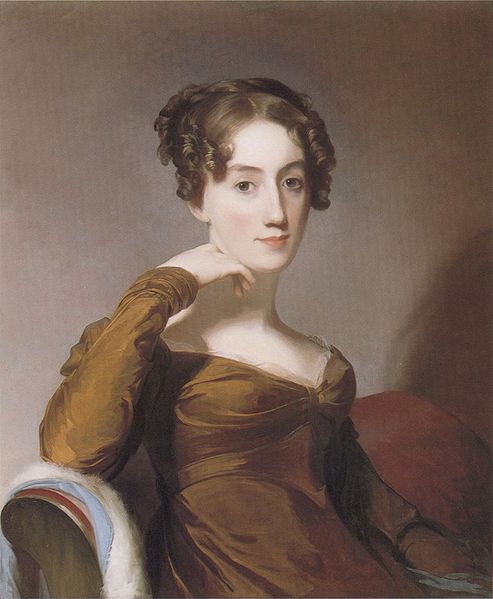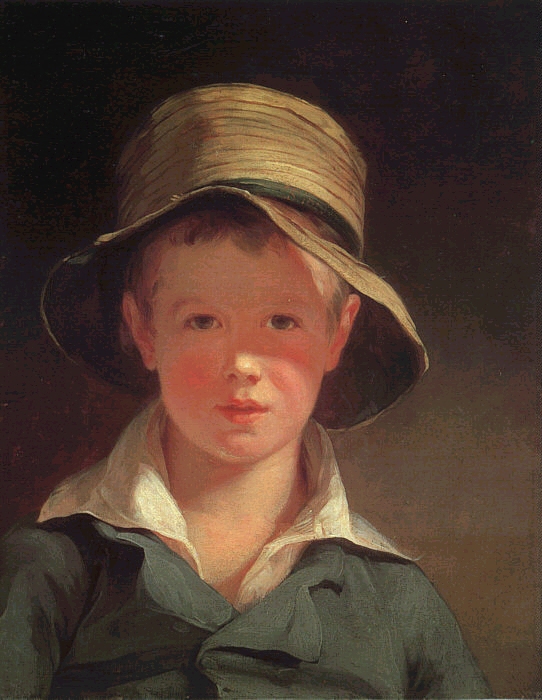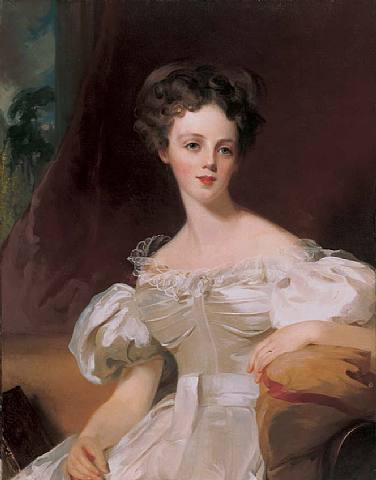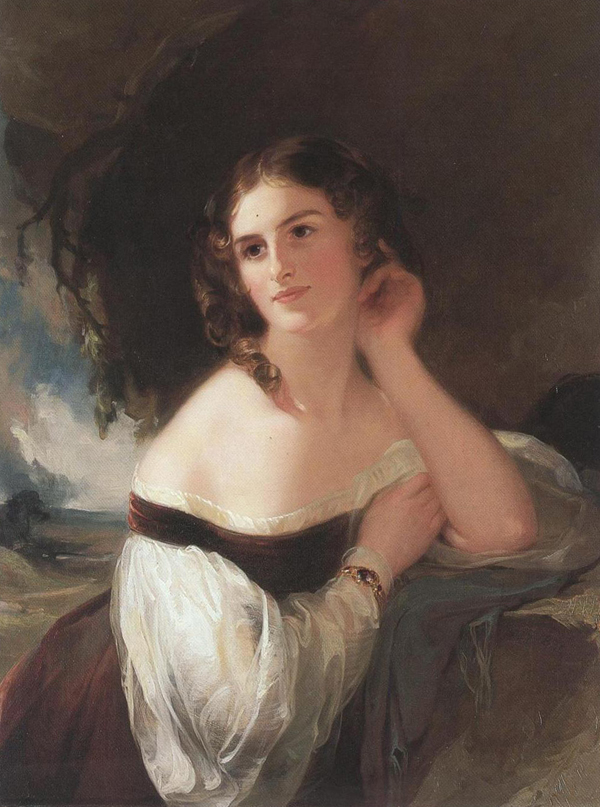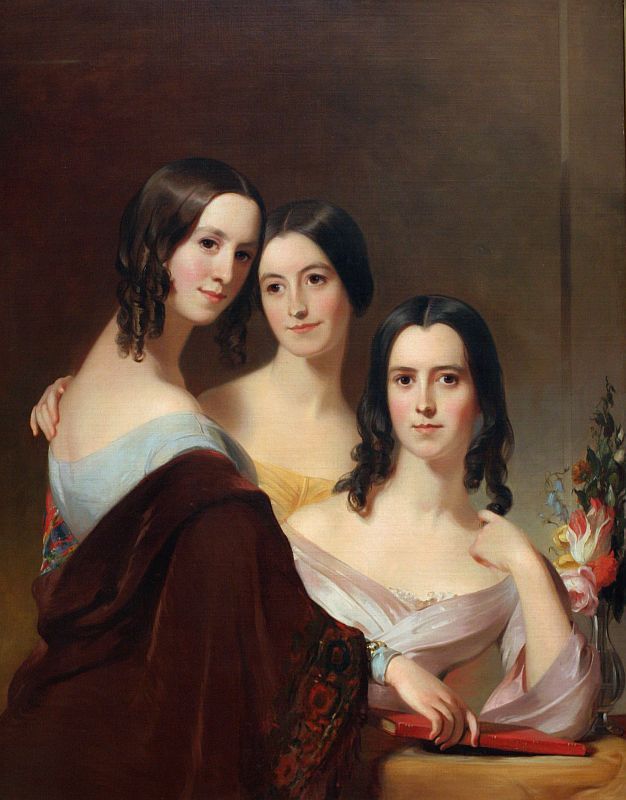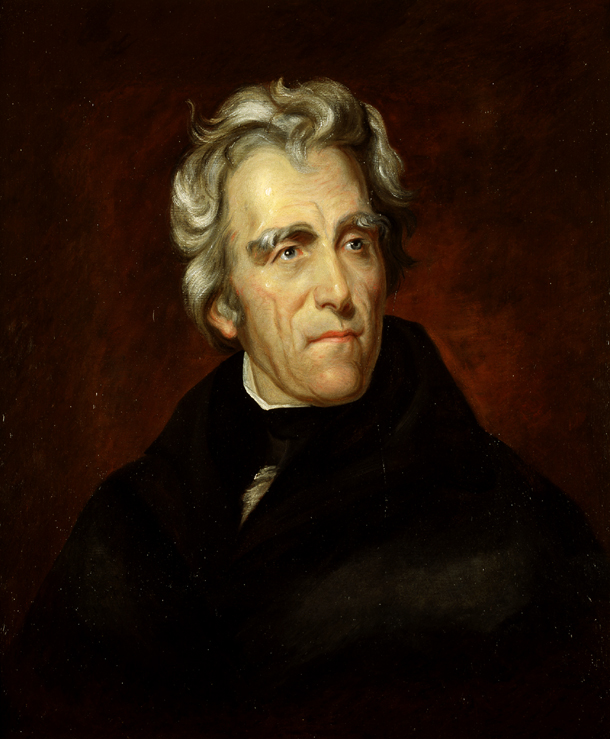<Back to Index>
- Mathematician Blaise Pascal, 1623
- Painter Thomas Sully, 1783
- Father of Uruguayan Independence José Gervasio Artigas Arnal, 1764

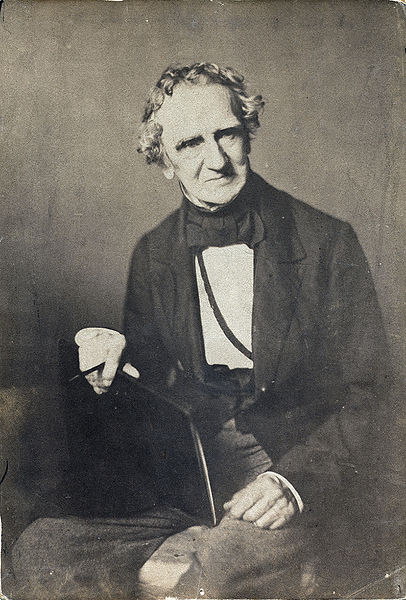
Thomas Sully (June 19, 1783 – November 5, 1872) was a well-known American (English-born) painter, mostly of portraits.
Sully was born in Horncastle, Lincolnshire, England, to the actors Matthew and Sarah Sully. In March 1792 the Sullys and their nine children immigrated to Richmond, Virginia, where Thomas’s uncle managed a theater. The boy attended school in New York City until 1794, when his mother died and he returned to Richmond. By July of that year the family was in Charleston, South Carolina. After a brief apprenticeship to an insurance broker who recognized his artistic talent, at age 12 or thereabouts Sully began painting and studied with his brother-in-law Jean Belzons (active 1794–1812), a French miniaturist, until they had a falling-out in 1799. He then returned to Richmond to learn "miniature & Device painting" from his elder brother Lawrence Sully (1769–1804). After Lawrence Sully's death, Thomas Sully married his sister-in-law, Lawrence's widow, Sarah Annis Sully and not only took on the raising of Lawrence's children but fathered an additional nine children with Sarah himself. Sully was also one of the founding members of The Musical Fund Society where he painted the portraits of many of the musicians and composers.
Sully became a professional painter at age 18 in 1801. He studied face-painting under Gilbert Stuart in Boston for three weeks. After some time in Virginia with this brother, Sully moved to New York, after which he moved to Philadelphia in 1806, where he resided for the remainder of his life. In 1809 he traveled to London for nine months of study under Benjamin West.
Sully's 1824 portraits of John Quincy Adams, who became President within the year, and then the Marquis de Lafayette appear to have brought him to the forefront of his day. (His Adams portrait may be seen in the National Gallery of Art, Washington.) Many famous Americans of the day had their portraits painted by him. In 1837–1838 he was in London to paint Queen Victoria at the request of Philadelphia's St. George's Society. His daughter Blanche assisted him as the Queen's "stand-in", modeling the Queen's costume when she was not available. One of Sully's portraits of Thomas Jefferson is owned by the Jefferson Literary and Debating Society at the University of Virginia and hangs in that school's Rotunda. Another Jefferson portrait, this one head-to-toe, hangs at West Point, as is his portrait of Alexander Macomb (American general).
Sully's
own index indicates that he produced 2631 paintings from 1801, most of
which are currently in the United States. His style resembles that of Thomas Lawrence.
Though best known as a portrait painter, Sully also made historical
pieces and landscapes. An example of the former is the 1819 Passage of the Delaware, now in the Museum of Fine Arts, Boston. Sully
died in Philadelphia on November 5, 1872, where he had spent the
majority of his long and successful career. He is buried in the Laurel Hill Cemetery. His book Hints to young painters was published after his death. His son, Alfred Sully, was a brigadier general in the Union Army during the American Civil War. Through Alfred, he is the great-grandfather of the noted Yankton Sioux ethnologist and writer Ella Deloria and the great-great grandfather of Standing Rock Sioux scholar and writer Vine Deloria, Jr. author of Custer Died For Your Sins (1969), an American Indian civil rights manifesto. Sully was a great-uncle of the New Orleans-based architect, also named Thomas Sully (1855–1939).
